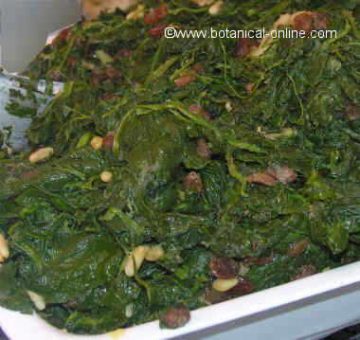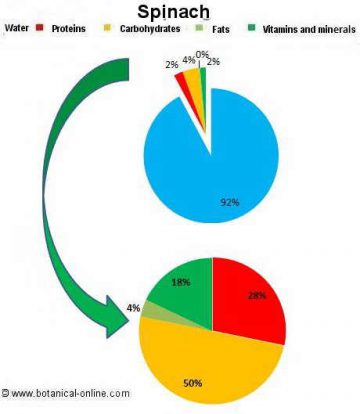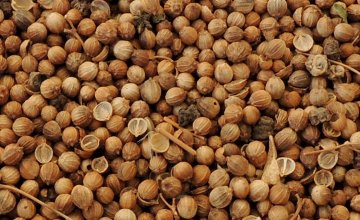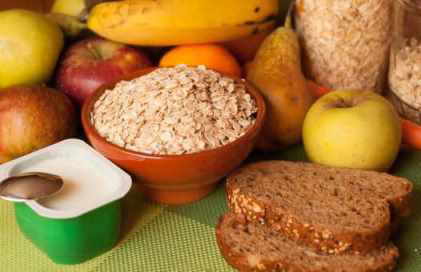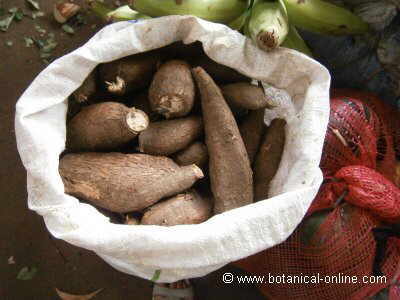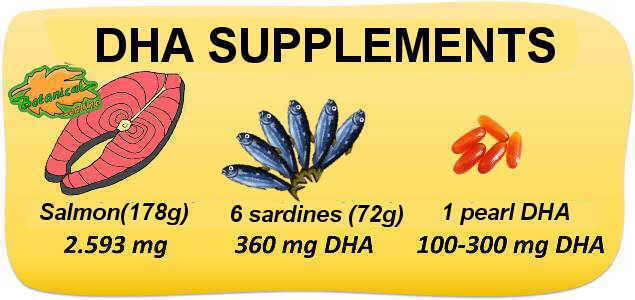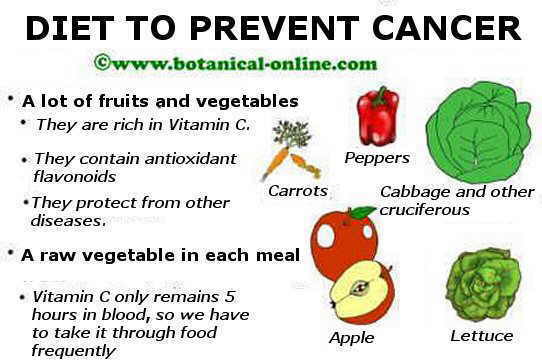Contents
BENEFITS OF SPINACH
What are spinach?
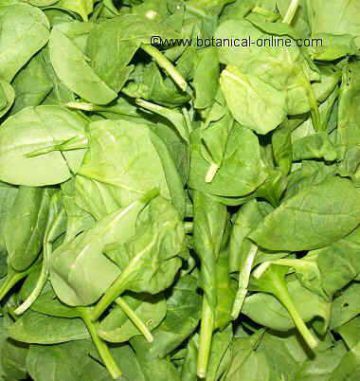
Spinach (Spinacia oleracea) is a vegetable. We eat spinach leaves.
Spinach leaves consist of long, slender stems, ending in intense dark green leaves.
The spinach leaves can be almost white in color, light green, red or yellow, depending on the variety of the plant.
They taste bitter and intense.
What are the main nutrients of spinach?
As an energy source, 100 grams of spinach provide 22 kcal.
Their proportion of nutrients is divided into:
- Over 92% is water.
- A 0.3% fat.
- About 2.2% of proteins.

Photo of cooked spinach Nearly 4% of carbohydrates.
- A 2.4% fiber.
Vitamins and minerals of spinach
Spinach are rich in potassium and calcium. They also contain minor amounts of magnesium, iron, phosphorus and sodium.
They are rich in vitamin A, vitamin C, vitamin E and vitamin B9. They also contain small amounts of other B vitamins.
Spinach composition
Nutritional characteristics of spinach
– Spinach has a very high water content.
– It provides little energy.
– It contains little fat, but of a high quality and with many health benefits.
– It has a low protein content.
– It has a moderate carbohydrate content, especially starch.
– It has a moderate-fiber content.
– It helps to remove toxins from our body, because it contains potassium.
– Calcium containing, it maintains the balance of the formation of strong bones.
– Because of its magnesium content, it helps the contraction and relaxation of muscles.
– Because of its iron content, it helps prevent anemia.
– Having many B vitamins, particularly vitamin B9, it helps us to grow properly.
– It protects the skin and helps keep it healthy, because it contains vitamin A.
– It protects us from colds and helps heal wounds, because of vitamin C.
– It protects us from the toxins and aging, because it contains vitamin A, vitamin C and vitamin E.
Spinach in the kitchen:
![]() More information about other foods and nutrition.
More information about other foods and nutrition.
| *Related information: More information about spinach |

